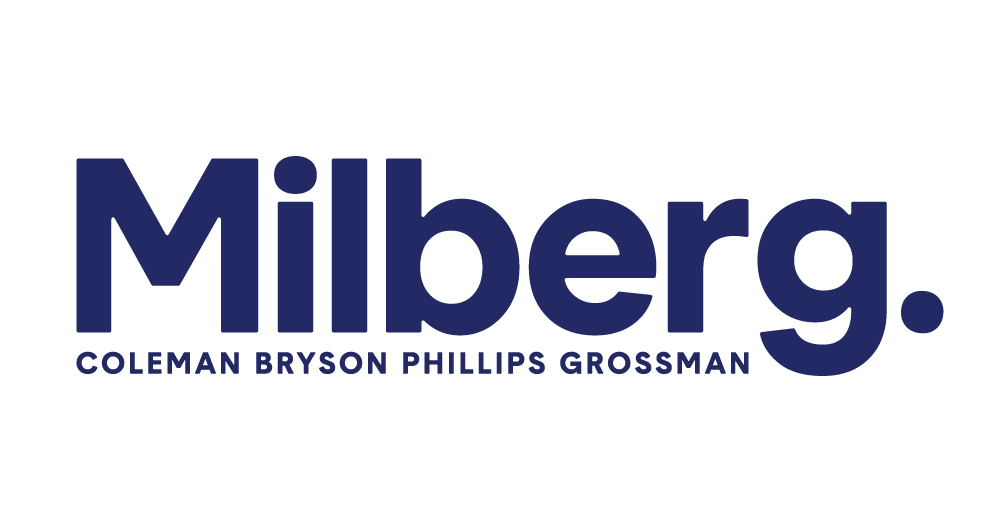F&F Holdings increases its stake in a subsidiary: To increase share value or to maximize the interests of the owner family?


In February, F&F announced a medium- to long-term shareholder return policy, committing to allocate more than 20% of its annual net profit to cash dividends and share buybacks by 2026. The move is part of a proactive effort to increase the share price and return profits to shareholders, according to F&F Holdings.
F&F Holdings, the holding company of the F&F Group, has been steadily increasing its stake in its subsidiary F&F. The stake increased from 31.67% at the end of 2023 to 33.11% on June 13 this year. During this period, F&F Holdings invested a total of 36,941,950,000 won (approximately US$27.364 million) to expand its stake. Specifically, on June 3, F&F Holdings purchased 20,000 shares of F&F on the open market and invested 1,292,180,000 won at a price of 64,609 won per share.
F&F, a major player in the fashion industry with popular brands such as Discovery and MLB, has been able to increase its dividend payouts annually. The payouts increased from 42.089 billion won in 2021 to 61.028 billion won in 2022 and 64.843 billion won in 2023. F&F Holdings’ dividend payouts also increased from 6.642 billion won in 2021 to 15.628 billion won in 2023.
F&F Holdings emphasizes that the purpose of this share accumulation is to increase share value and distribute profits to shareholders. “The purpose of this share accumulation is to increase share value and distribute profits to shareholders,” explained an F&F Holdings representative.
However, some analysts say this move is a strategic attempt to maximize the owner family’s dividend income and secure future management control. F&F’s ownership structure shows that F&F Holdings and the owner family, including F&F Group Chairman Kim Chang-soo, together own 61.94% of the shares. The owner family’s control over F&F Holdings is even stronger: Chairman Kim and his family own 91.71% of F&F Holdings.
Given this ownership structure, the benefits of measures to increase shareholder value, such as higher dividends, are likely to accrue primarily to the owner family. There is suspicion that F&F Holdings is strengthening the control of the owner family and laying the foundation for future management succession.
In addition, there are skeptical views regarding F&F Holdings’ stock accumulation behavior. F&F Holdings tends to reduce its purchase volume when F&F’s stock price is high and increase it when the price is low. This can be interpreted as a strategy to expand its holding through low-cost purchases when the stock price is falling, rather than solely aiming to increase the stock price.
The controversy surrounding F&F Holdings’ increase in F&F’s stake is likely to continue to rage between justifications of shareholder returns and suspicions of owner benefits.



